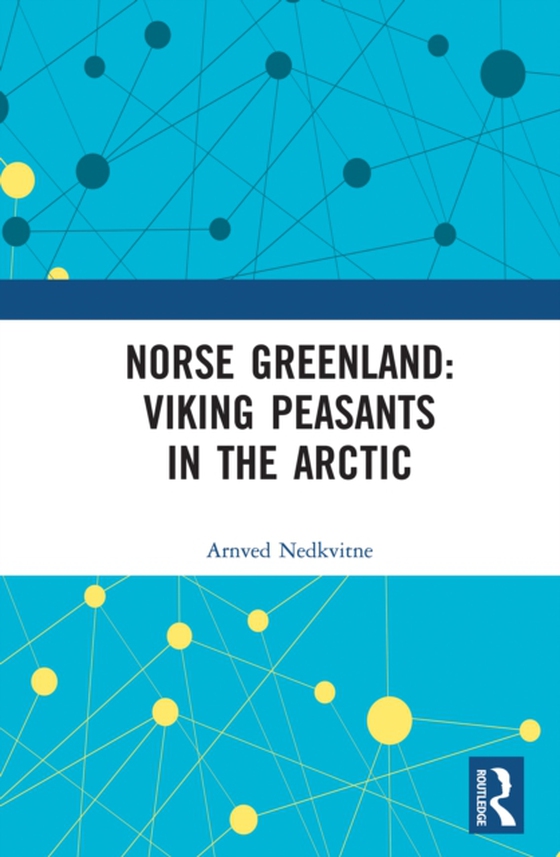
Norse Greenland: Viking Peasants in the Arctic e-bog
449,29 DKK
(ekskl. moms 359,43 DKK)
How could a community of 2000-3000 Viking peasants survive in Arctic Greenland for 430 years (ca. 985-1415), and why did they finally disappear? European agriculture in an Arctic environment encountered serious ecological challenges. The Norse peasants faced these challenges by adapting agricultural practices they had learned from the Atlantic and North Sea coast of Norway.Norse Greenland was t...
E-bog
449,29 DKK
Forlag
Routledge
Udgivet
11 oktober 2018
Længde
432 sider
Genrer
1MTNG
Sprog
English
Format
epub
Beskyttelse
LCP
ISBN
9781351259583
How could a community of 2000-3000 Viking peasants survive in Arctic Greenland for 430 years (ca. 985-1415), and why did they finally disappear? European agriculture in an Arctic environment encountered serious ecological challenges. The Norse peasants faced these challenges by adapting agricultural practices they had learned from the Atlantic and North Sea coast of Norway.Norse Greenland was the stepping stone for the Europeans who first discovered America and settled briefly in Newfoundland ca. AD 1000. The community had a global significance which surpassed its modest size.In the last decades scholars have been nearly unanimous in emphasising that long-term climatic and environmental changes created a situation where Norse agriculture was no longer sustainable and the community was ruined. A secondary hypothesis has focused on ethnic confrontations between Norse peasants and Inuit hunters. In the last decades ethnic violence has been on the rise in Eastern Europe, the Middle East and parts of Africa. In some cases it has degenerated into ethnic cleansing. This has strengthened the interest in ethnic violence in past societies. Challenging traditional hypotheses is a source of progress in all science. The present book does this on the basis of relevant written and archaeological material respecting the methodology of both sciences.
 Dansk
Dansk

